Introduction
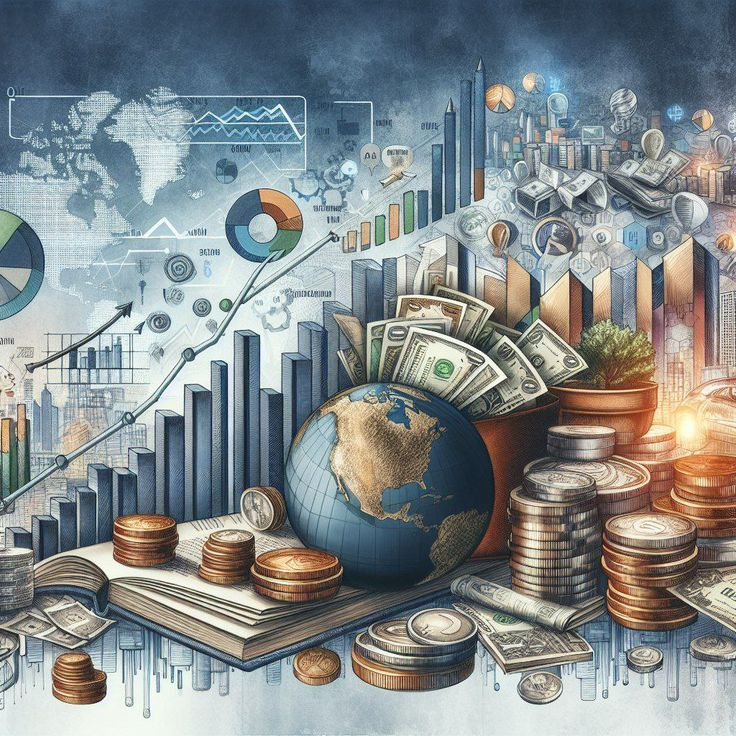
In the modern economy, value increasingly lies not just in physical assets but in invisible assets—intangibles such as intellectual property, brand reputation, proprietary data, digital content, and expertise. These invisible assets, while unseen and often difficult to quantify, drive competitive advantage, innovation, and wealth creation in virtually all industries today. The rising prominence of these assets fuels demand for invisible asset marketplaces, specialized platforms and ecosystems that enable their valuation, transfer, licensing, trading, and monetization.
Invisible asset marketplaces are reshaping how individuals, companies, investors, and creators harness economic value from intangible resources. They bring transparency, liquidity, and scale to assets traditionally held privately, underutilized, or locked in legacy systems. From digital art NFTs to expert networks and intellectual property exchanges, these emerging marketplaces function as dynamic hubs fostering innovation, collaboration, and new revenue streams.
This extensive article explores the concept, types, operations, technologies, benefits, and challenges of invisible asset marketplaces, emphasizing their growing role in the global digital economy and their transformative impact on real estate, finance, entertainment, technology, and beyond.
1. What Are Invisible Assets?
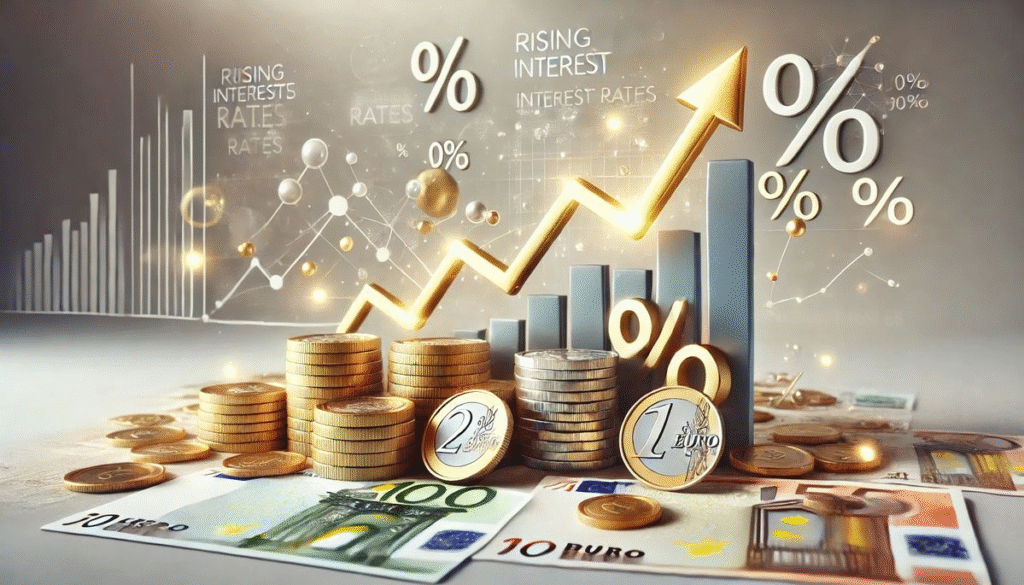
Invisible assets—often termed intangible assets—are resources that possess economic value despite lacking physical form. They include any non-physical item capable of generating revenue, competitive edge, or strategic influence. Unlike traditional tangible assets like buildings or machinery, invisible assets are inherently ephemeral and complex to price or trade.
Common Examples of Invisible Assets
- Intellectual Property (IP): Patents, copyrights, trademarks, trade secrets.
- Brand Equity: Reputation, logos, customer loyalty.
- Digital Assets: Software, databases, proprietary algorithms, content.
- Human Capital: Expertise, creative skills, tacit knowledge.
- Data Assets: Customer lists, analytics data, social media followings.
- Contracts and Licenses: Rights and permissions to use or commercialize assets.
- Goodwill: Value attributed to a firm’s reputation beyond its book value.
Invisible assets are critical in technology companies where up to 90% of a firm’s market capitalization may derive from intangible value rather than physical property.
2. Invisible Asset Marketplaces: Definitions and Types
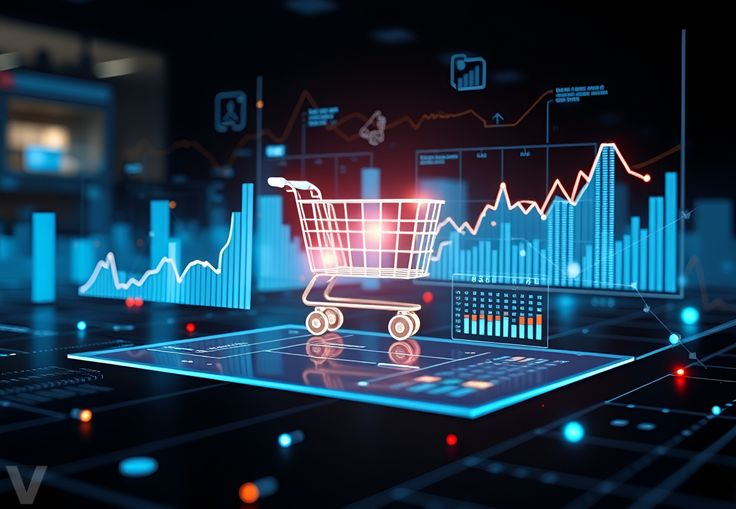
Invisible asset marketplaces are digital or hybrid platforms where intangible assets are brought to market, valued, and exchanged. They facilitate transactions including sales, licensing, fractional ownership, or collaboration agreements.
Types of Invisible Asset Marketplaces
- Intellectual Property Exchanges: Platforms where patents, trademarks, copyrights can be bought, sold, or licensed.
- Digital Content Marketplaces: Platforms for trading music, videos, ebooks, and increasingly digital art via NFTs.
- Expert Networks and Knowledge Marketplaces: Such as Invisible.co, connecting experts with clients seeking highly specialized insights.
- Data Marketplaces: Facilitating the ethical, legal trading of proprietary datasets between organizations.
- Brand and Reputation Marketplaces: Enabling companies to buy or license well-known brand components, domain names, or influencer rights.
- Fractional Asset Marketplaces: Platforms enabling shared ownership or subscriptions for intangible assets, like licensing software or content rights.
- NFT Marketplaces: Specialized platforms for trading unique digital assets secured via blockchain technology.
Each type targets specific asset classes and operates with tailored transaction models, valuation frameworks, and regulatory compliance protocols.
3. How Invisible Asset Marketplaces Work
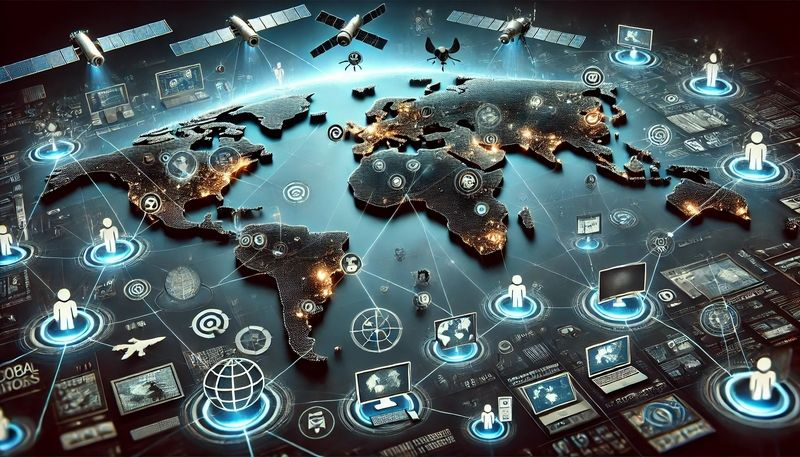
Invisible asset marketplaces typically combine several core components and functions:
3.1 Asset Discovery and Listing
Owners or creators list intangible assets, providing detailed descriptions, metadata, valuation estimates, and usage terms. Marketplaces may require verification, rights confirmation, or audit trails to establish authenticity.
3.2 Valuation and Pricing
Because invisible assets lack physicality, valuation employs advanced approaches including predictive analytics, market comparables, AI-driven appraisal, and sometimes auction-based mechanisms. For instance, machine learning models forecast optimal prices based on supply-demand, industry trends, and asset characteristics.
3.3 Transaction Execution
Marketplaces facilitate various transaction mechanisms—fixed price sales, bidding/auction systems, subscription licensing, or fractional ownership tokenization—using smart contracts and blockchain for security, transparency, and automation.
3.4 Rights Management and Transfer
Sophisticated rights management systems protect intellectual property, enforce licensing agreements, and track usage rights post-sale. Legal frameworks and smart contracts codify transfer conditions and royalties.
3.5 Payment and Settlement
Digital payment gateways handle multi-currency settlements, escrow arrangements, royalties distributions, and compliance with tax regulations.
3.6 Market Analytics and Insights
Advanced reporting tools empower buyers and sellers to make data-driven decisions, revealing market demand, asset performance, and risk signals.
4. Technologies Powering Invisible Asset Marketplaces
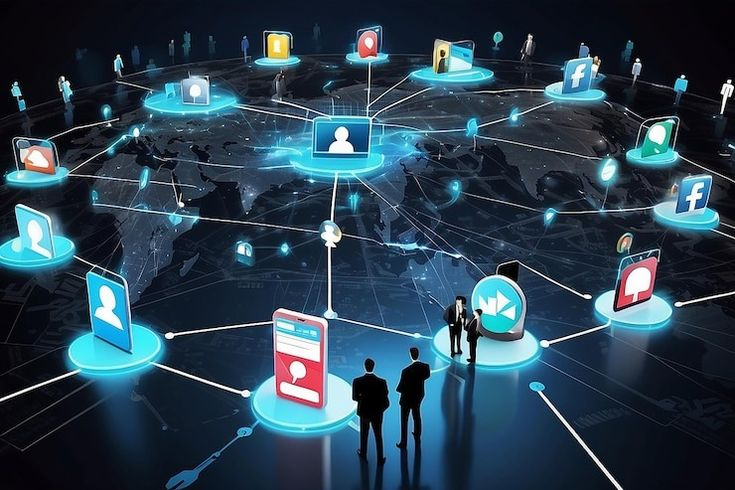
Invisible asset marketplaces rely on cutting-edge technologies to address challenges specific to intangible goods:
4.1 Blockchain and Smart Contracts
- Decentralized Ledger Technology (DLT) ensures asset provenance, tamper-proof ownership records, and automated enforcement of contract terms through self-executing smart contracts.
- Common blockchains for digital asset markets include Ethereum, Polygon, and Binance Smart Chain.
4.2 Artificial Intelligence and Machine Learning
- Models for automated asset valuation, fraud detection, recommendation engines, and sentiment analysis.
- Predictive analytics to forecast asset demand or valuation changes based on market signals, ESG metrics, and sector shifts.
4.3 Digital Rights Management (DRM)
- Protects copyrights and usage rights through encryption, watermarking, and license tracking.
- Enables licensing flexibility and royalty enforcement across jurisdictions.
4.4 Big Data and Cloud Computing
- Facilitate storage, processing, and cross-referencing of large intangible asset datasets, including IP portfolios, digital media, or user behavior data.
4.5 AI-Powered Expert Matching
- Platforms like Invisible.co leverage AI to connect expert knowledge with relevant queries, dynamically matching supply with demand for professional intangible assets.
5. Benefits of Invisible Asset Marketplaces

5.1 Unlocking Economic Value
- Transform underutilized intangible assets into liquid, actively monetized resources.
- Create new income streams through licensing, fractional sales, or subscription models.
5.2 Democratizing Ownership and Access
- Lower barriers for individuals and SMEs to participate in intangible asset markets previously dominated by large firms.
- Facilitate fractional ownership and investment diversification.
5.3 Enhancing Transparency and Trust
- Blockchain-based provenance and smart contracts dramatically reduce counterparty risk and ensure enforceability.
5.4 Accelerating Innovation and Collaboration
- By enabling efficient rights sharing and knowledge exchange, these marketplaces stimulate technological advancement and creative partnerships.
5.5 Data-Driven Decision Making
- Real-time analytics empower better market timing, portfolio management, and risk mitigation.
6. Challenges and Considerations in Invisible Asset Marketplaces

6.1 Valuation Difficulties
- Intangibles often lack clear price benchmarks, leading to subjective or volatile valuation.
- AI-based appraisals require high-quality, unbiased data to be reliable.
6.2 Legal and Regulatory Complexities
- Cross-border IP rights enforcement varies.
- Data privacy and usage rights may be contentious in data asset marketplaces.
- Regulatory status of digital securities and tokenized assets is evolving and uncertain in many jurisdictions.
6.3 Liquidity and Market Depth
- Intangible assets can be illiquid, with fragmented markets and limited buyers.
- Marketplaces need robust matchmaking and incentivization mechanisms to build liquidity.
6.4 Protection Against Fraud and Abuse
- Risk of counterfeit intangible assets or misrepresented rights necessitates strict verification.
6.5 User Experience and Adoption
- Complexity of intangible asset transactions demands user-friendly interfaces and educational resources.
7. Examples and Case Studies of Invisible Asset Marketplaces
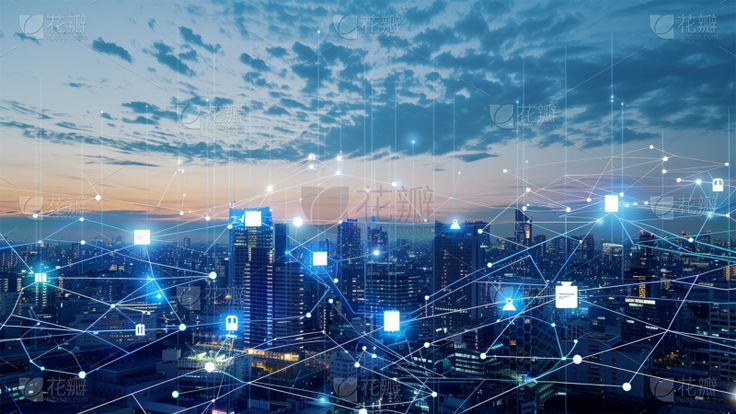
7.1 Invisible.co – Expert Knowledge Marketplace
A specialized marketplace connecting experts with clients to monetize knowledge and human capital on demand. It allows booking tasks regionally or globally, managed through a streamlined digital platform with AI-enhanced matching.
7.2 Patent Auction and Licensing Platforms
Platforms such as Ocean Tomo and IAM Market provide venues for buying, selling, or licensing patents, enabling companies and inventors to capitalize on innovations without traditional litigation or exclusive deals.
7.3 NFT Marketplaces (OpenSea, Rarible)
Tokenized digital art and collectibles marketplaces that provide transparency, provenance, and fractional ownership via blockchain, exemplifying how unique digital invisible assets are traded.
7.4 Digital Data Marketplaces (Dawex, Snowflake Marketplace)
Enabling organizations to safely and legally buy, sell, or share large datasets, supporting new data monetization strategies and cross-industry collaboration.
7.5 Brand Licensing Hubs
Some marketplaces facilitate brand licensing deals for trademarks and character rights, enabling companies to expand reach and generate royalties.
8. The Future of Invisible Asset Marketplaces

8.1 Integration with Decentralized Finance (DeFi)
- Rising integration with DeFi protocols for lending, staking, and yield generation based on intangible asset value or tokenized rights.
8.2 AI-Powered Asset Valuation and Management
- More advanced AI tools for real-time valuation, risk assessment, and portfolio optimization tailored to diverse invisible asset classes.
8.3 Growing Fractional Ownership and Tokenization
- Boost in fractionalized digital ownership of intellectual property, brand elements, and creative content through blockchain-enabled tokens.
8.4 Global Jurisdictional Harmonization
- Increasing efforts at international regulatory cooperation towards intangible asset marketplaces to lower barriers and improve legal clarity.
8.5 Expansion into New Asset Classes
- Emerging invisible assets like metaverse land, digital identities, and AI-generated content markets represent expanding frontiers.
Conclusion
Invisible asset marketplaces epitomize the digital economy’s evolution, transforming once-hidden sources of value into accessible, liquid, and monetizable assets. By leveraging blockchain, AI, and innovative transaction frameworks, these platforms redefine ownership, investment, and creativity in the 21st century.
As intangible assets continue to outpace physical assets in enterprise valuation and economic influence, mastering invisible asset marketplaces becomes essential for investors, creators, corporations, and policymakers. Unlocking the full potential of the invisible economy promises to foster innovation, democratize wealth, and build resilient, future-ready markets.
For expert consultation on invisible asset marketplace development, strategy, or integration of intangible assets into real estate, finance or technology platforms, please contact:
Mishul Gupta
Email: contact@mishulgupta.com
Phone: +91 94675 99688
Website: www.mishulgupta.com
